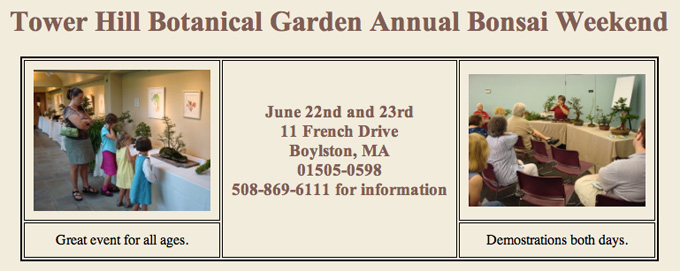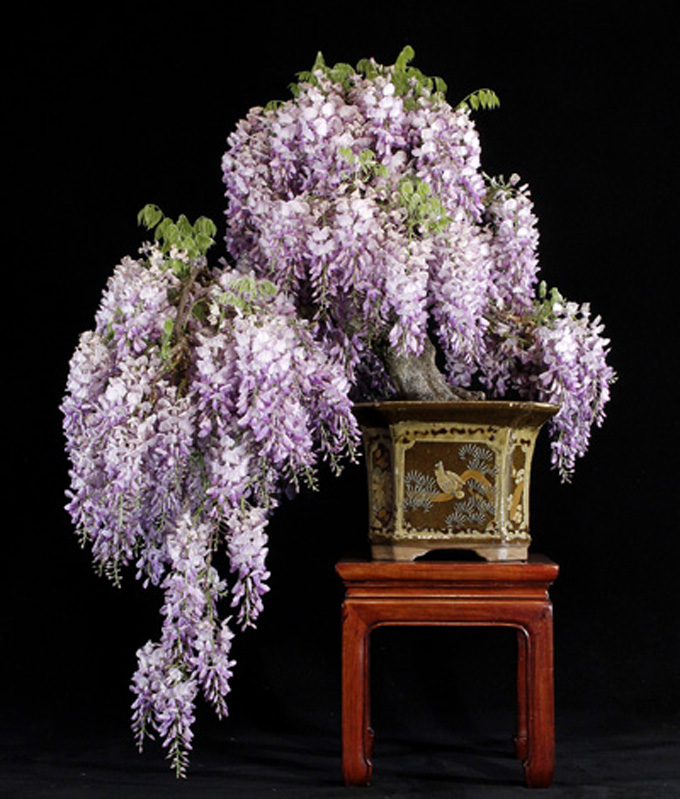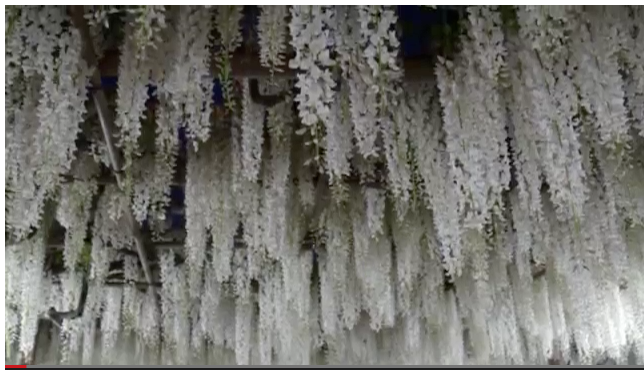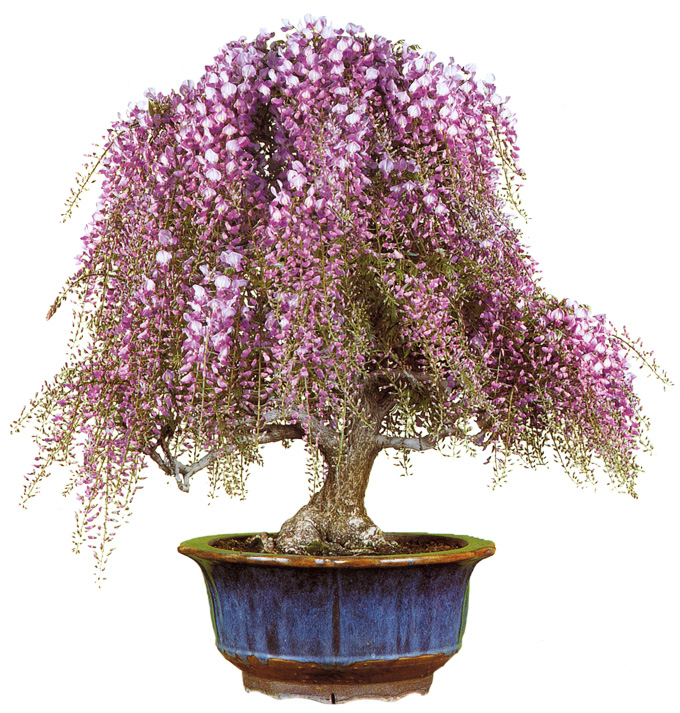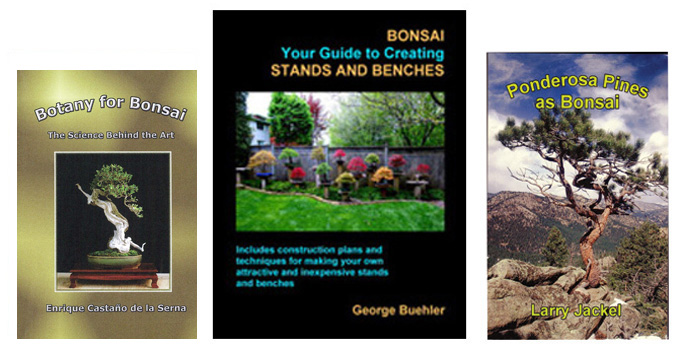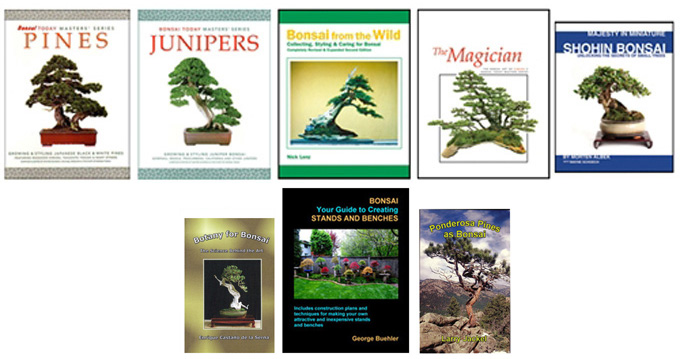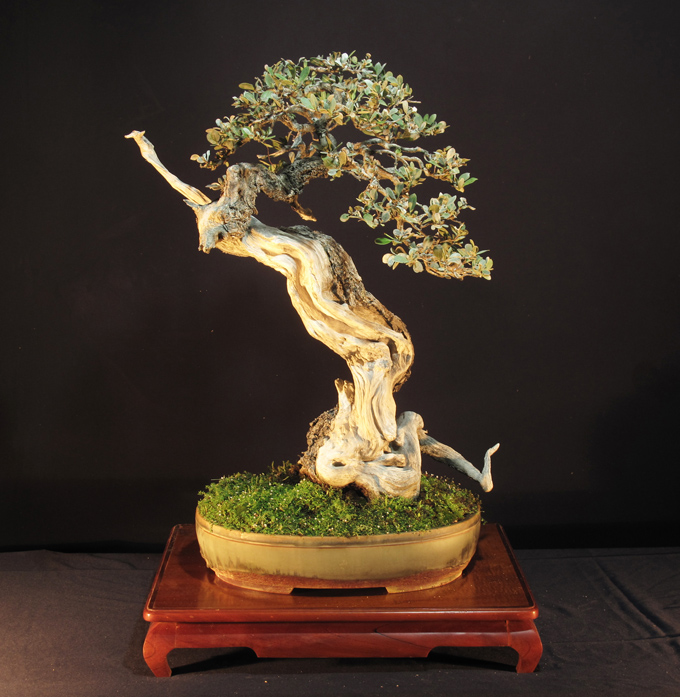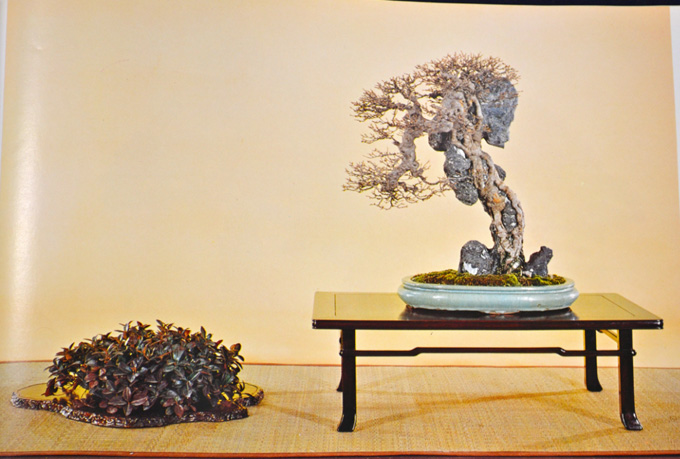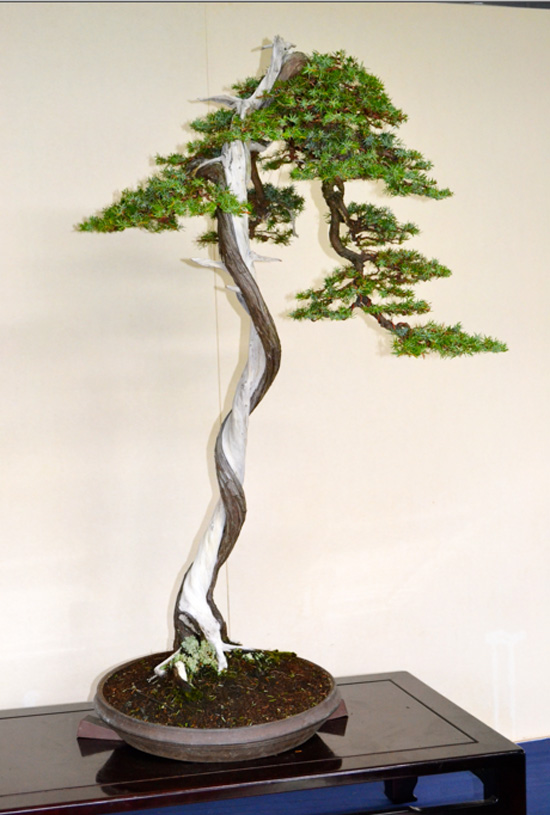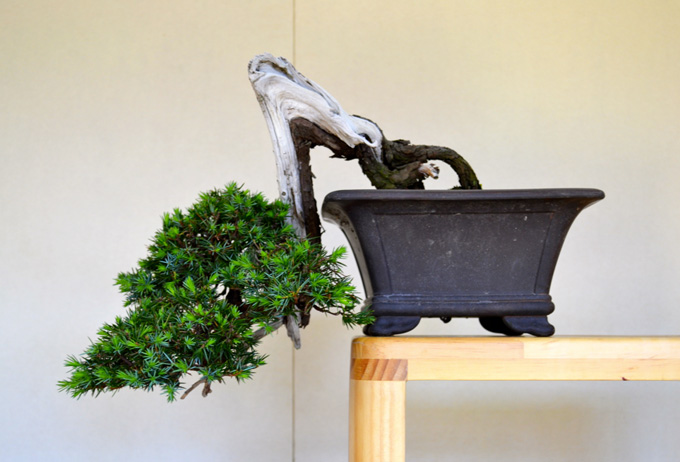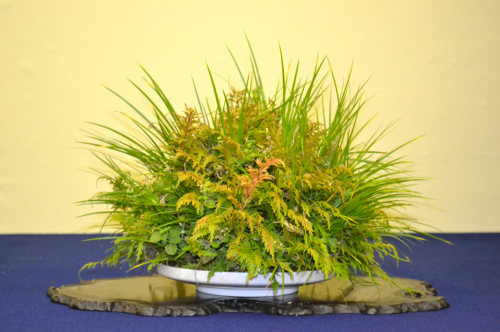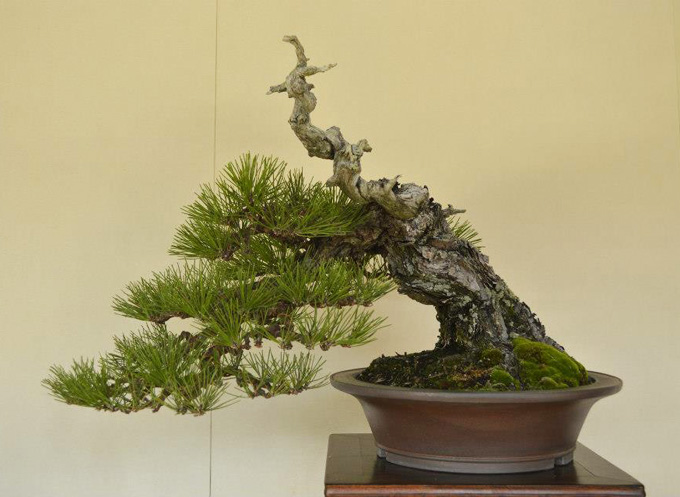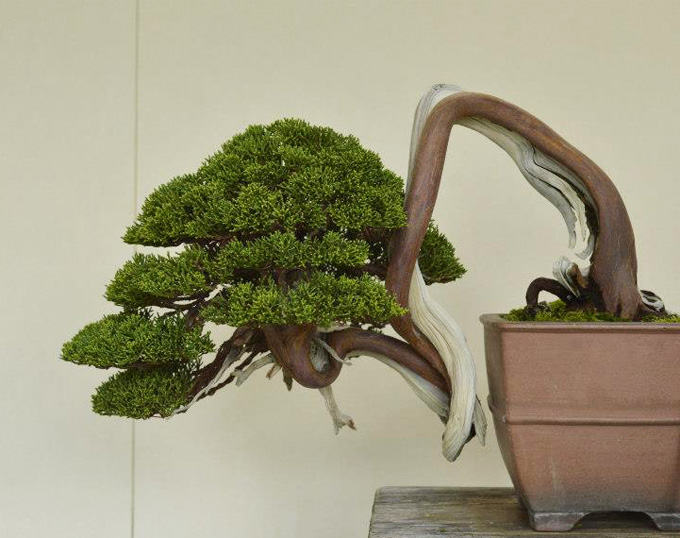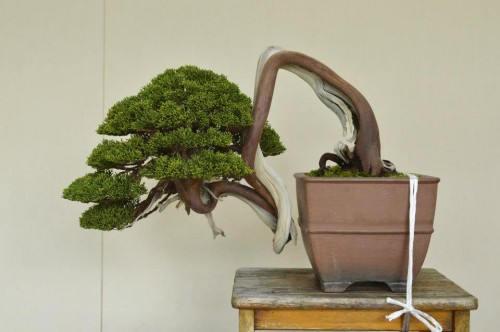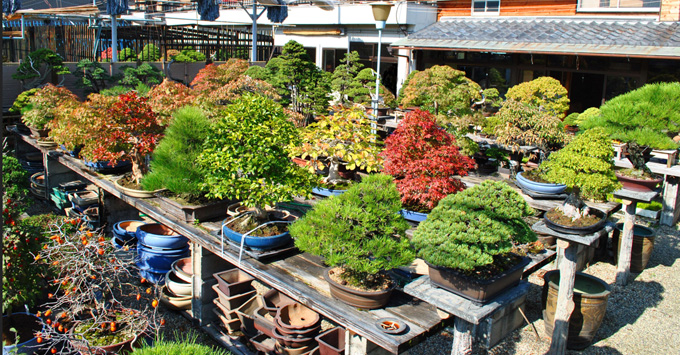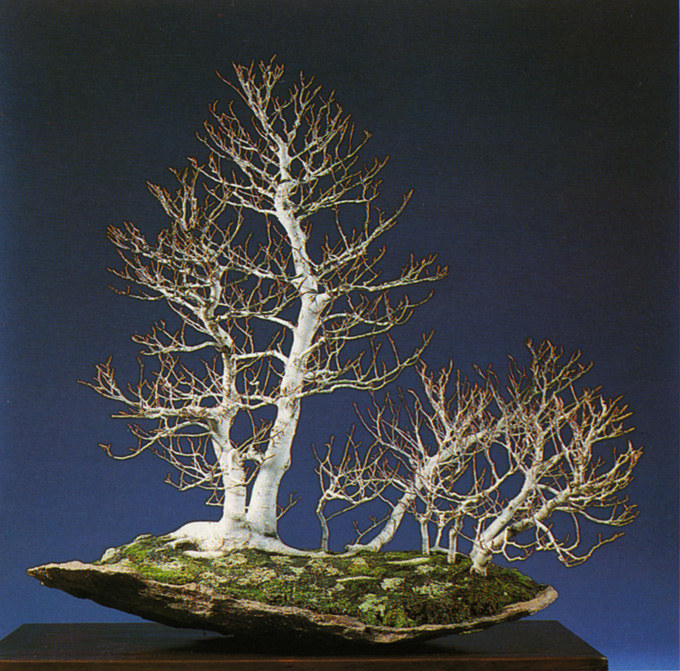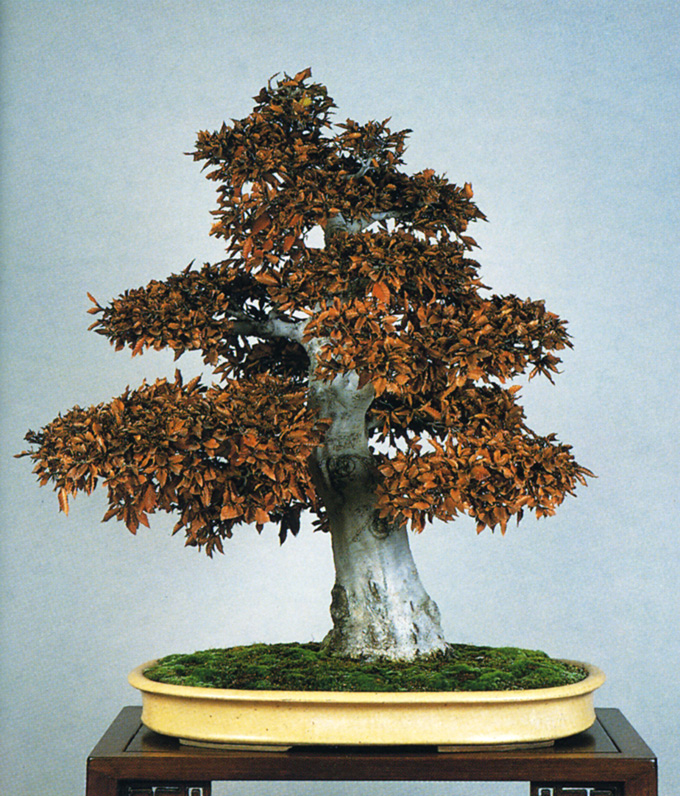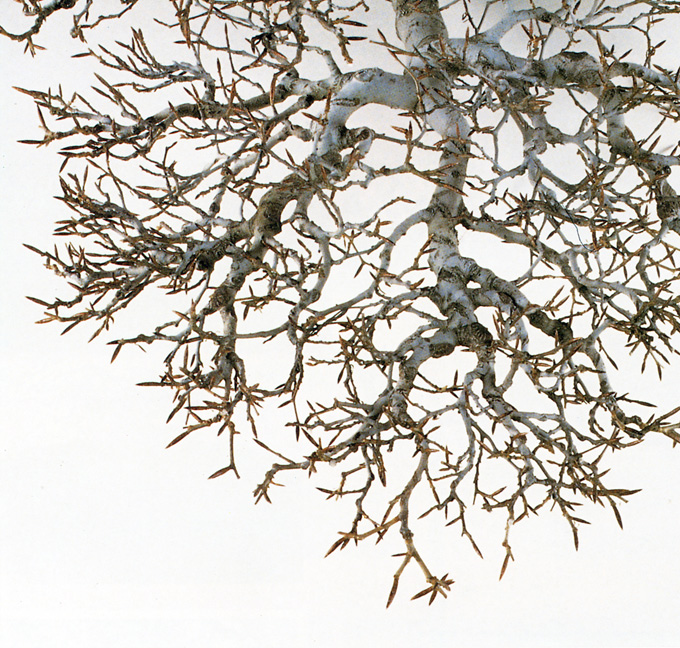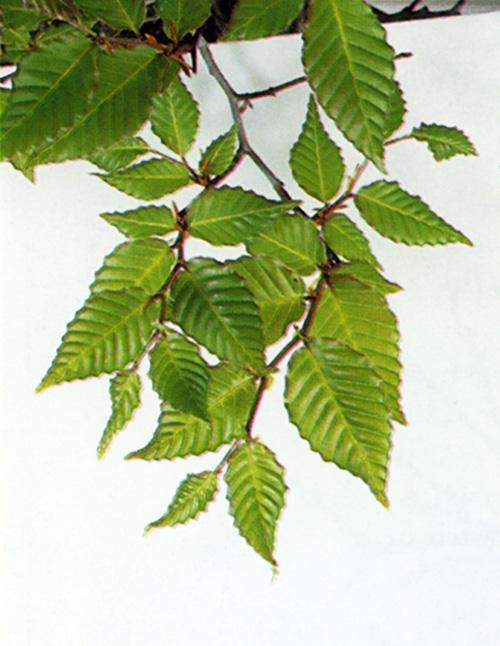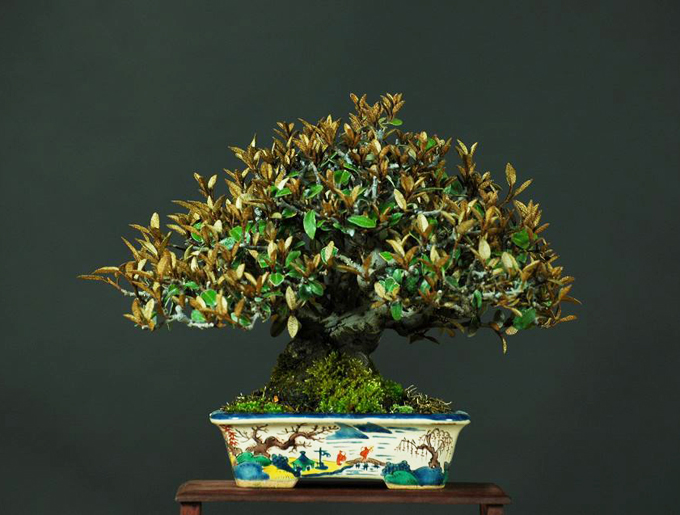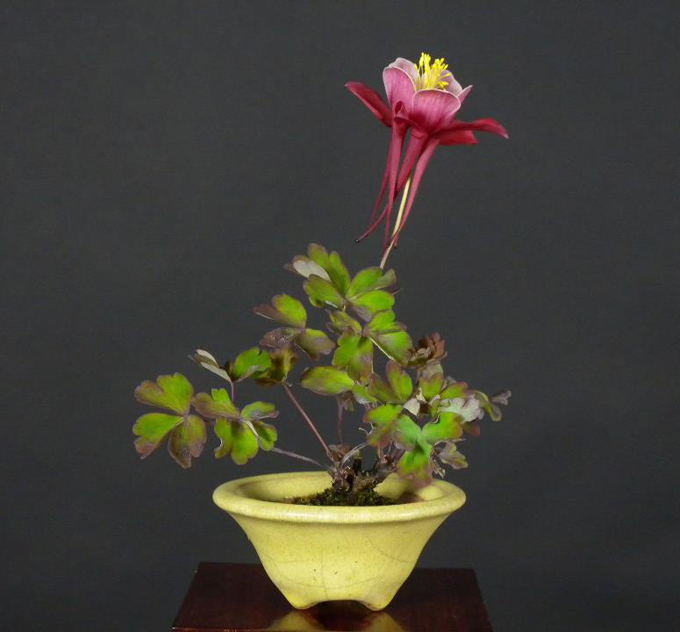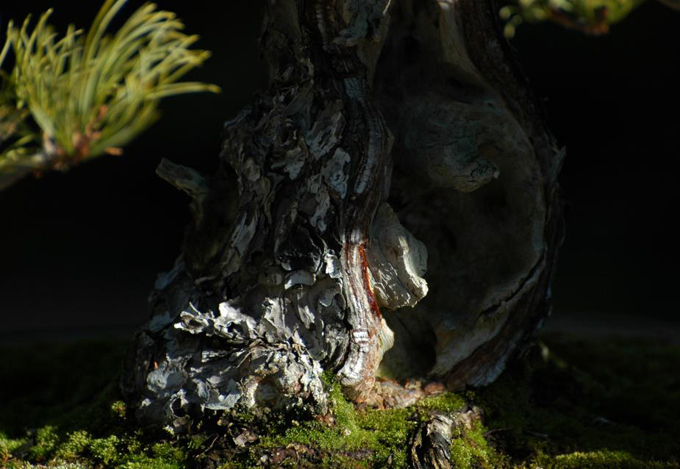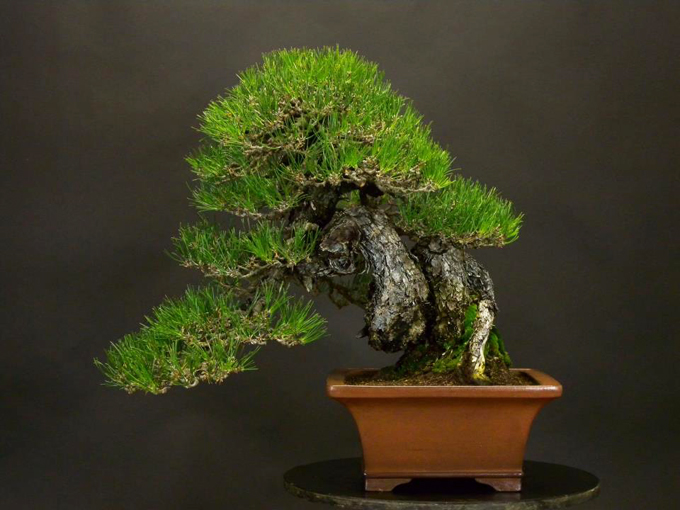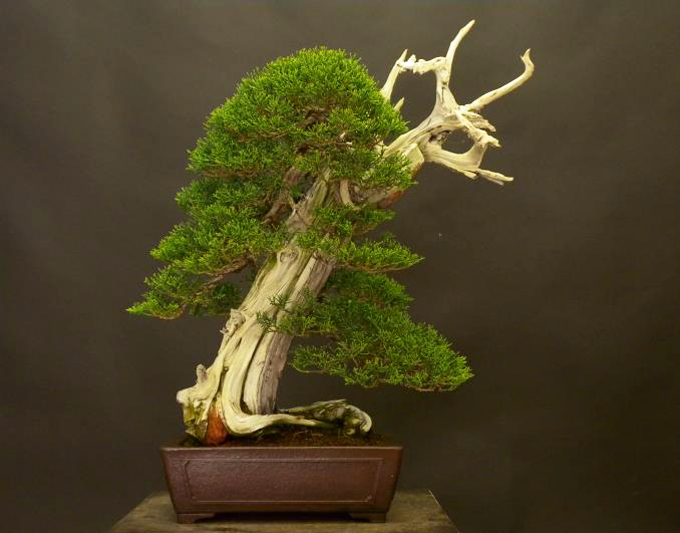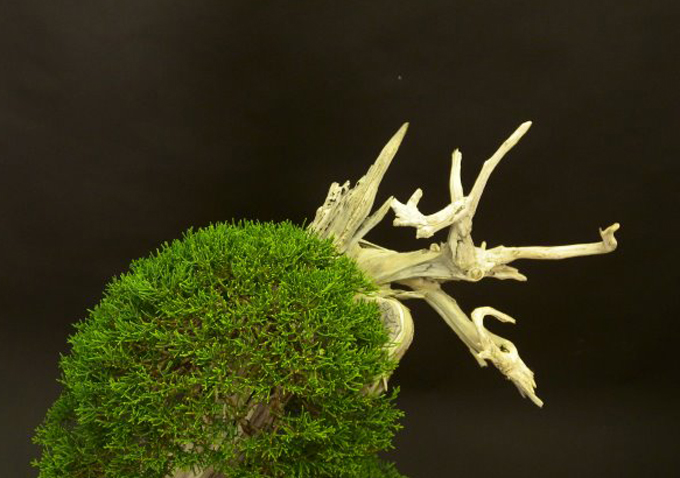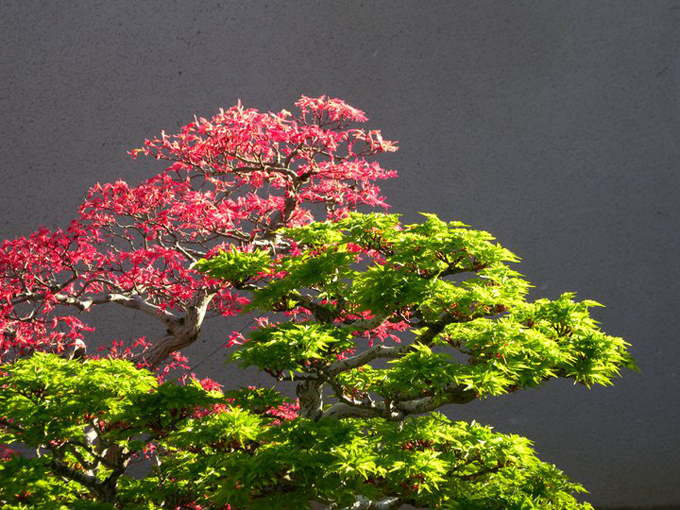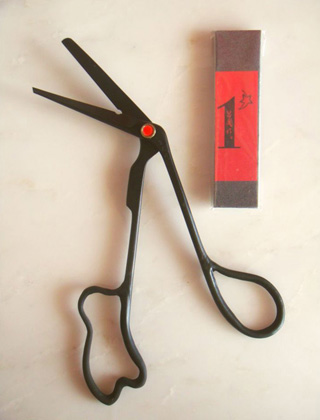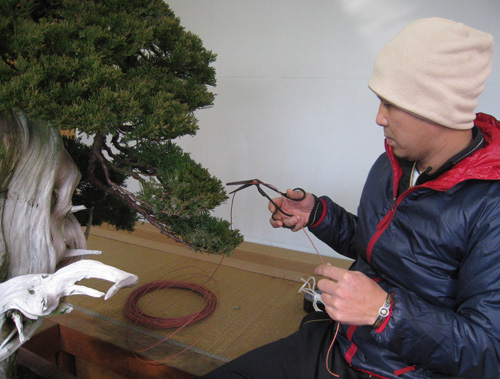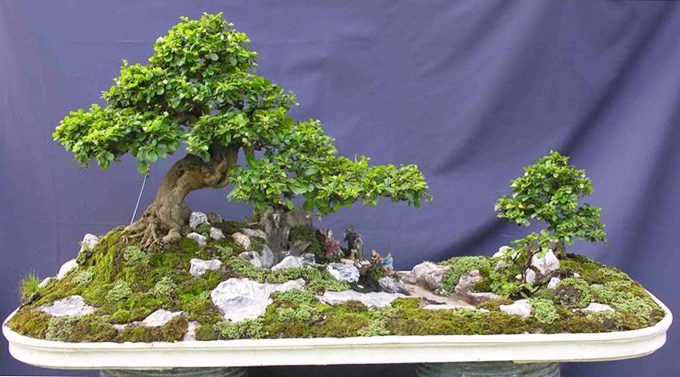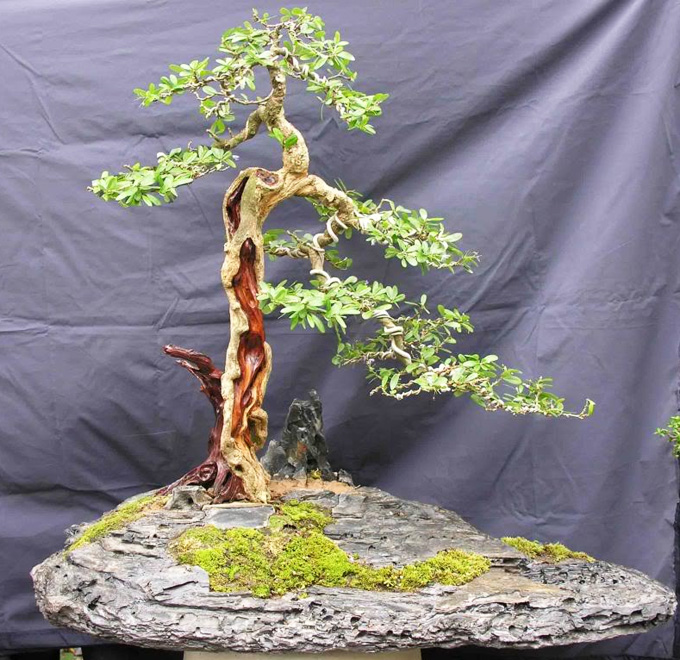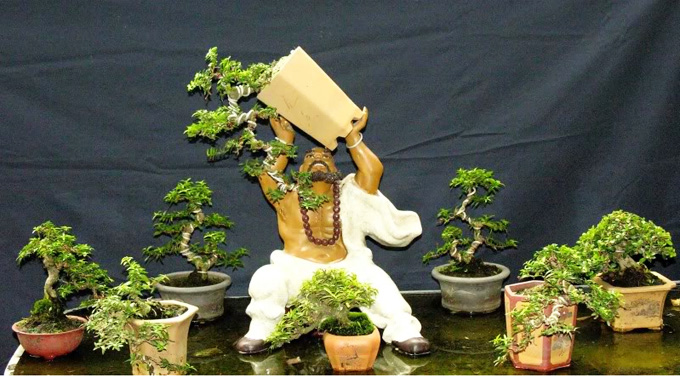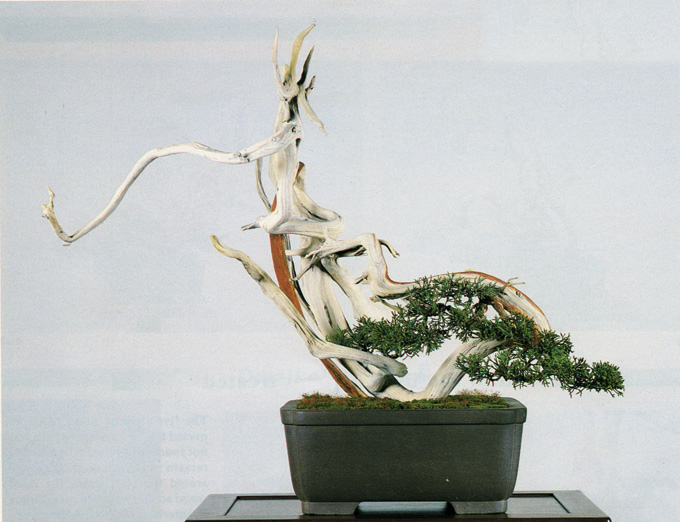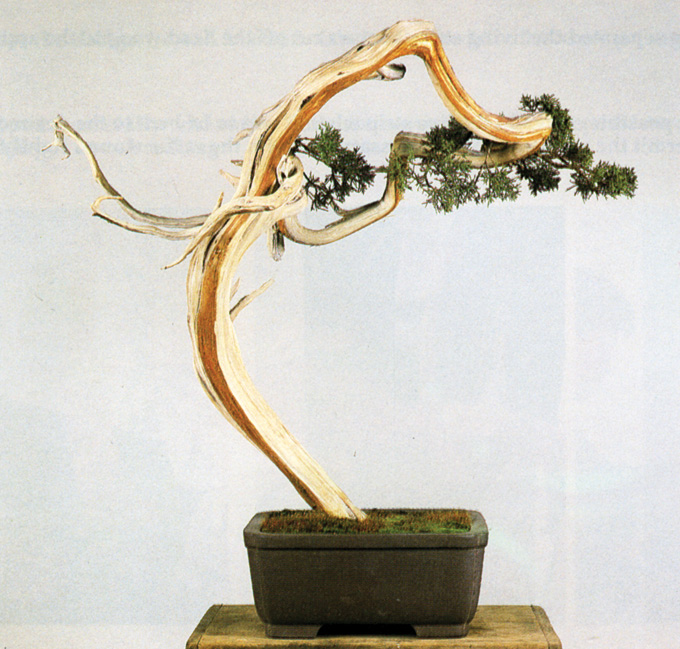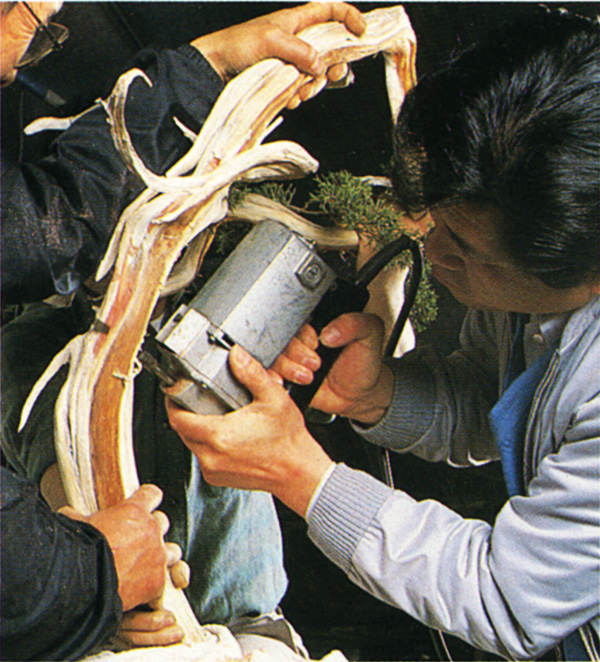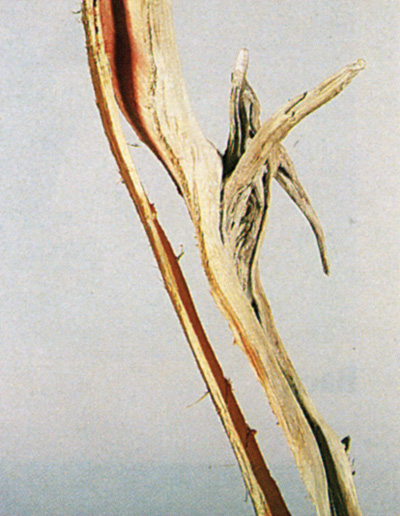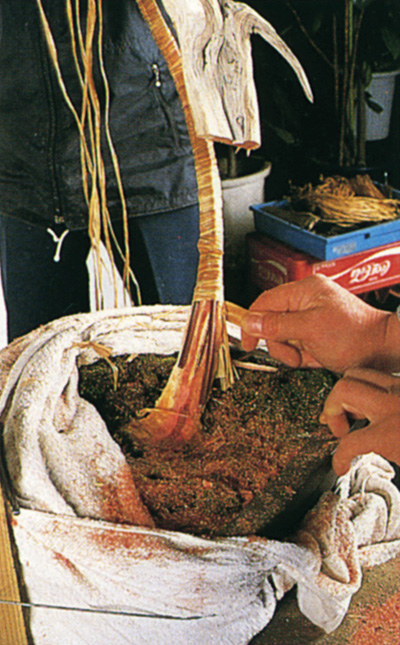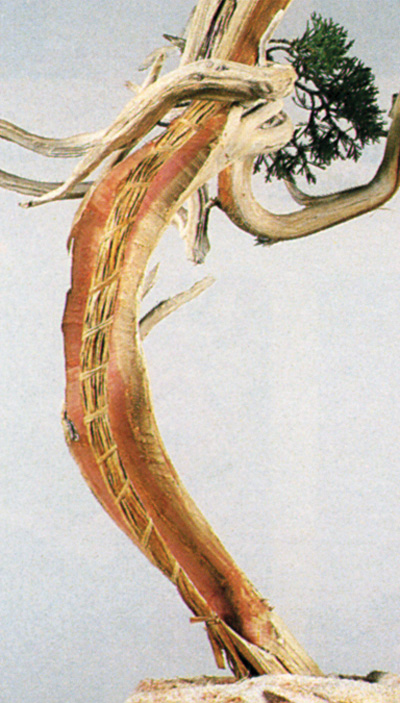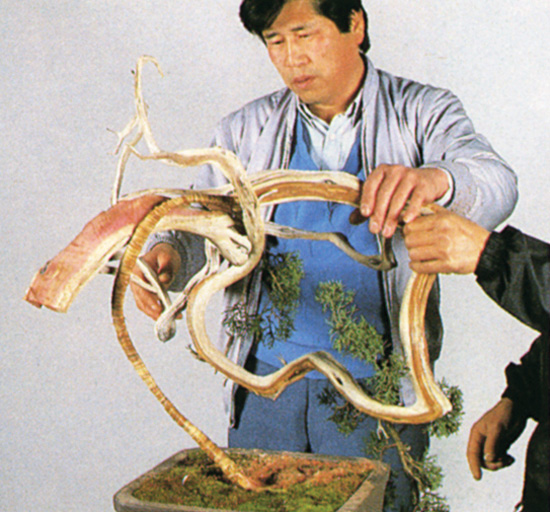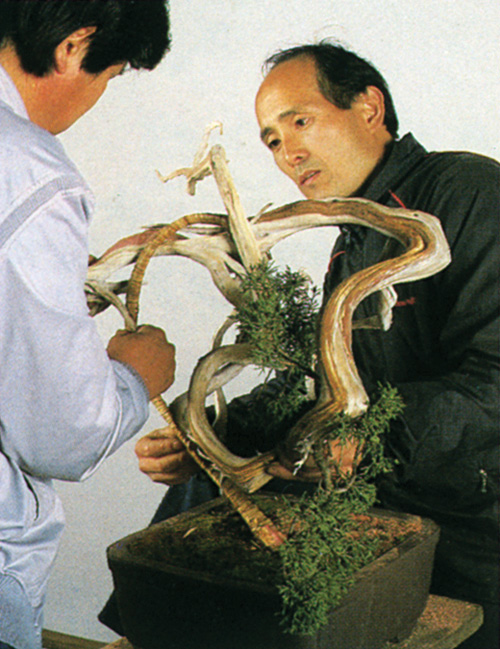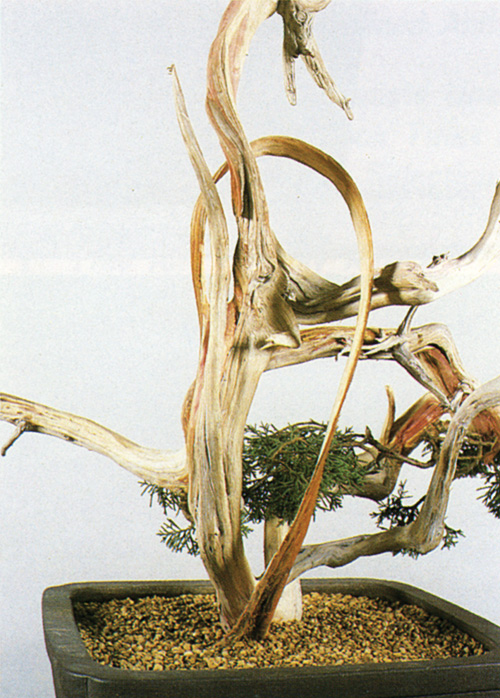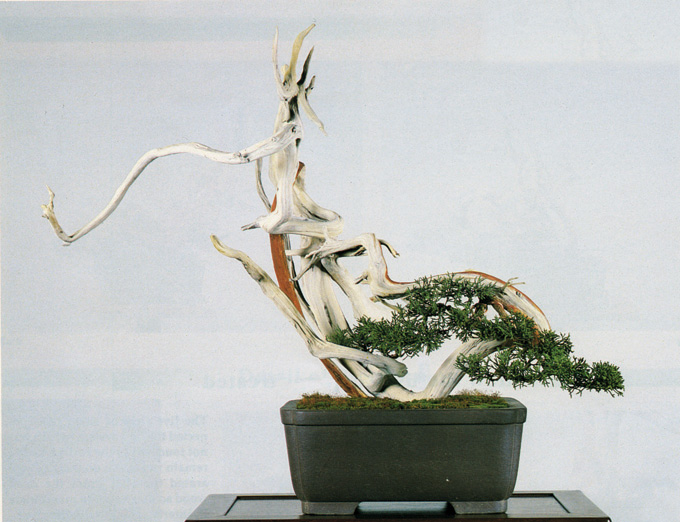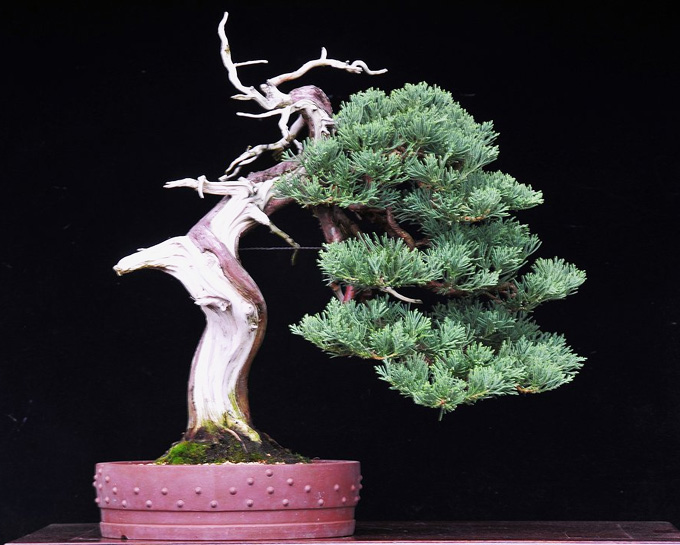 This Juniper is from the ‘Before and After’ section on Suthin Sukosolvisit’s Bonsai Studio. Suthin is one of the headliners at the GSBF Convention XXXVI (below).
This Juniper is from the ‘Before and After’ section on Suthin Sukosolvisit’s Bonsai Studio. Suthin is one of the headliners at the GSBF Convention XXXVI (below).
Would you like to see your bonsai event featured here? If so, here’s the deal; we need at least one good link, otherwise, we’re not going to bother. And not just a link that lists the date and place, but a link with the names of the featured bonsai artists and with some sort of graphics (club logos are passable, but what we really like are photos of bonsai that belong to the featured artists, in addition to event graphics).
In exchange for your efforts, you’ll get free advertising on a blog with a large, well targeted following (see the graphic at the bottom of the page). All you have to do is list your event in the comments below and provide the necessary link(s).
The exceptions are some grandfathered events listed below. We’ve (actually I’ve) already spent the time digging up the information, so we might as well show you (and complain just a tad while we’re at it).
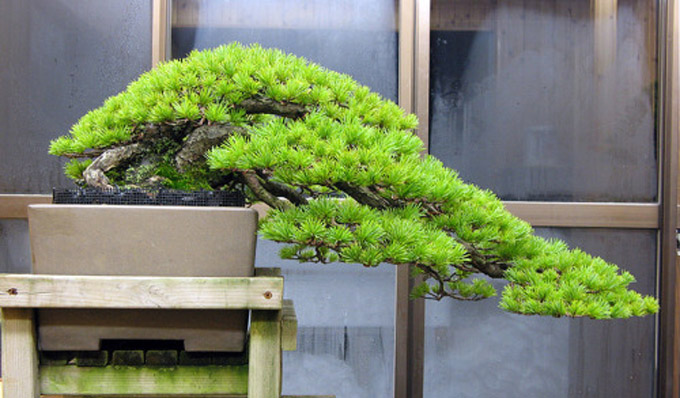 The Kokufu Exhibition Japanese white pine was wired by Michael Hagedorn. Michael is one the headliners at the SABA Convention (below).
The Kokufu Exhibition Japanese white pine was wired by Michael Hagedorn. Michael is one the headliners at the SABA Convention (below).
June 22-23: Tower Hill Botanical Garden Annual Bonsai Weekend. Todd and friends at Sanctuary Bonsai clued us in to this event. I’ve been to Tower Hill and it’s a great place. If you ‘re anywhere near central Mass, this should be a show worth some time this weekend.
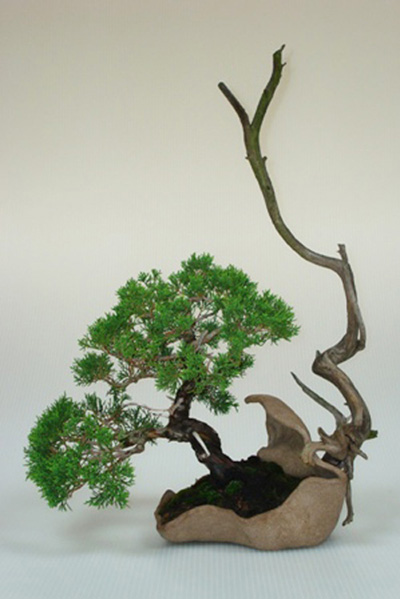 Something a little different. From Sanctuary Bonsai’s gallery. See Tower Hill above.
Something a little different. From Sanctuary Bonsai’s gallery. See Tower Hill above.
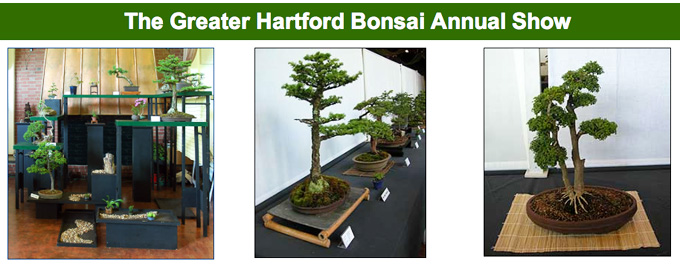 I couldn’t find anything about the headliners for the Hartford. This is not to say they don’t exist or aren’t featured somewhere, just that it’s not obvious to me.
I couldn’t find anything about the headliners for the Hartford. This is not to say they don’t exist or aren’t featured somewhere, just that it’s not obvious to me.
July 13-14: The Bonsai Society of Greater Hartford Annual Show. For those of us who are geographically challenged, Hartford is the capitol of Connecticut. If you’re still lost, Connecticut is south of Massachusetts which is just below the great state of Vermont. This means if you are anywhere in New England or New York for that matter, Hartford is just a short skip away.
July 20-21: The Columbus Bonsai Society’s 40th Annual Bonsai Show is coming up July 20-21. Forty straight years. That’s impressive. Someone is doing something right in Columbus. And speaking of being impressed, they’ve also been cranking out excellent newsletters for a long time. Now, having complimented the good people in Columbus, still, am I missing where the headliners (bonsai artists) are mentioned? I’m having the same issue with Hartford (above). Maybe there are real obvious links somewhere, or maybe no headliners.
Oct 31 – Nov 2: Golden State Bonsai Federation Convention XXXVI—Bonsai Artist Studio: OUTSIDE THE BOX. We won’t say much about this one because it’s still a ways off and because they say everything you need to know (except maybe to say that Dave DeGroot, Suthin Sukosolvisit and Peter Warren are the headliners).
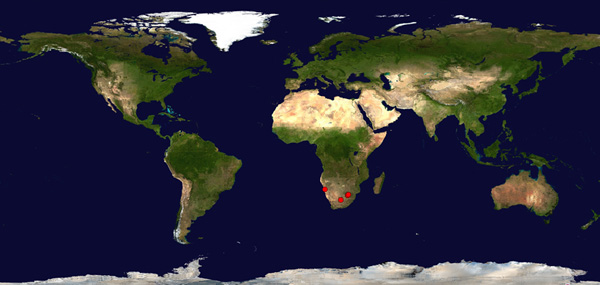 South Africa’s Eastern Bonsai Societies map of the world.
South Africa’s Eastern Bonsai Societies map of the world.
Oct 24 – 27: SABA, South Africa Bonsai Association Convention 2013 is being hosted by Eastern Bonsai Societies (EBS) and features Michael Hagedorn, Walter Pall and Rob Kepinski.
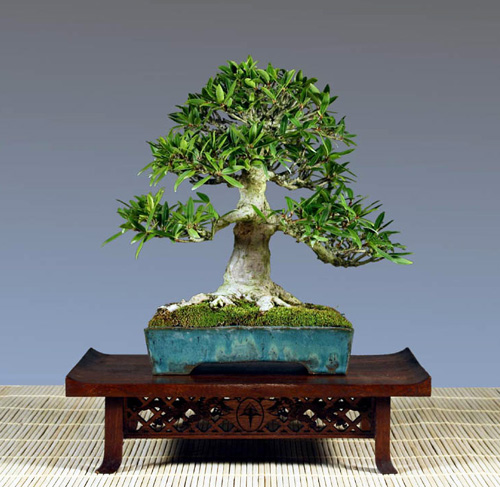 Ficus by Rob Kepinski. Rob is one of the headliners at the South Africa Bonsai Association Convention (above).
Ficus by Rob Kepinski. Rob is one of the headliners at the South Africa Bonsai Association Convention (above).
| Month | Unique visitors | Number of visits | Pages | Hits | Bandwidth |
| Jan 2013 | 20,855 | 55,854 | 235,909 | 1,232,090 | 81.76 GB |
| Feb 2013 | 16,422 | 47,519 | 177,075 | 948,734 | 64.46 GB |
| Mar 2013 | 18,878 | 56,169 | 207,099 | 1,225,813 | 93.10 GB |
| Apr 2013 | 16,978 | 48,118 | 149,484 | 1,054,344 | 85.49 GB |
| May 2013 | 20,278 | 55,484 | 161,053 | 1,314,180 | 103.51 GB |
| Jun 2013 | 8,604 | 20,304 | 57,238 | 500,416 | 42.14 GB |
| Jul 2013 | 0 | 0 | 0 | 0 | 0 |
| Aug 2013 | 0 | 0 | 0 | 0 | 0 |
| Sep 2013 | 0 | 0 | 0 | 0 | 0 |
| Oct 2013 | 0 | 0 | 0 | 0 | 0 |
| Nov 2013 | 0 | 0 | 0 | 0 | 0 |
| Dec 2013 | 0 | 0 | 0 | 0 | 0 |
| Total | 102,015 | 283,448 | 987,858 | 6,275,577 | 470.46 GB |
Bonsai Bark stats.
